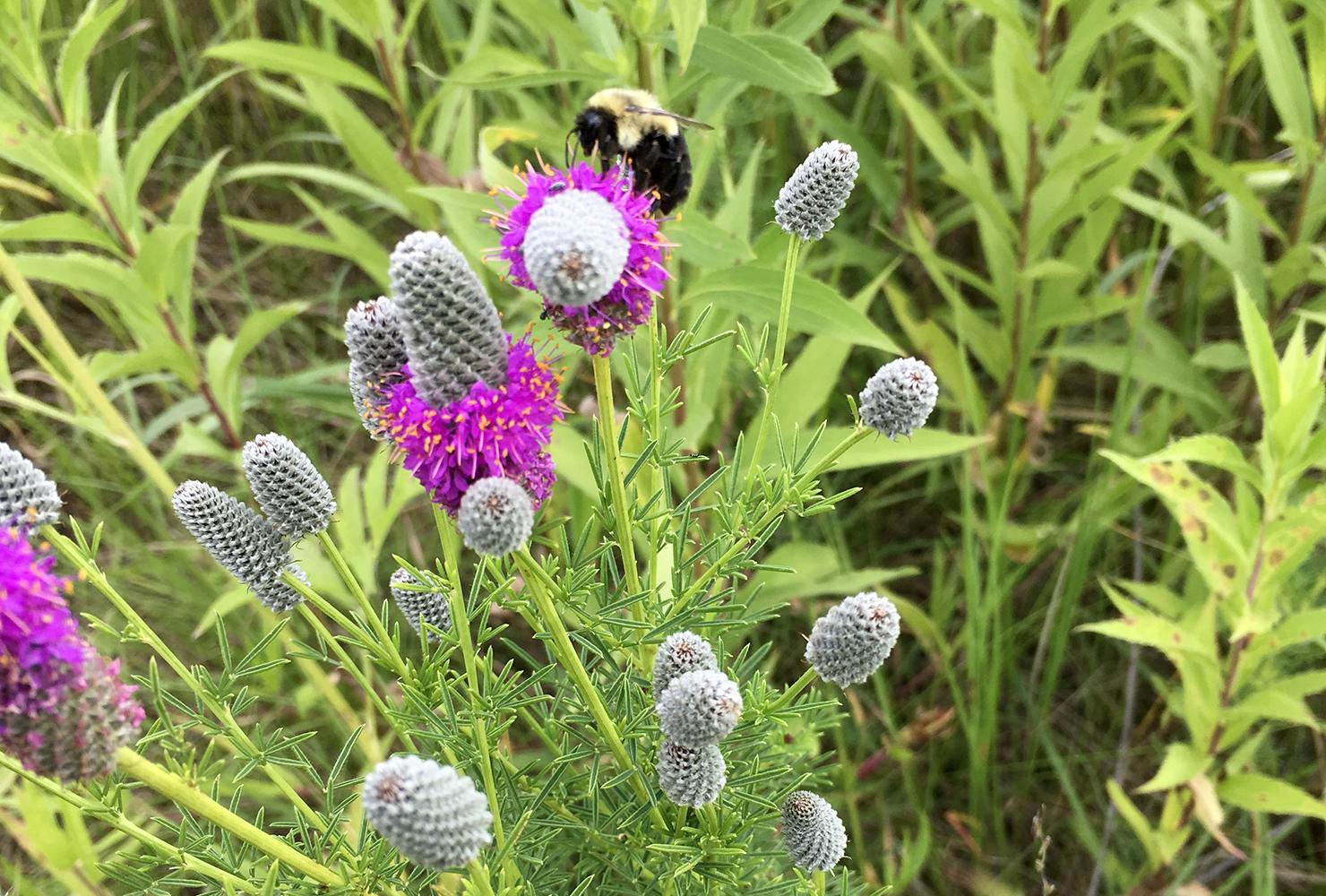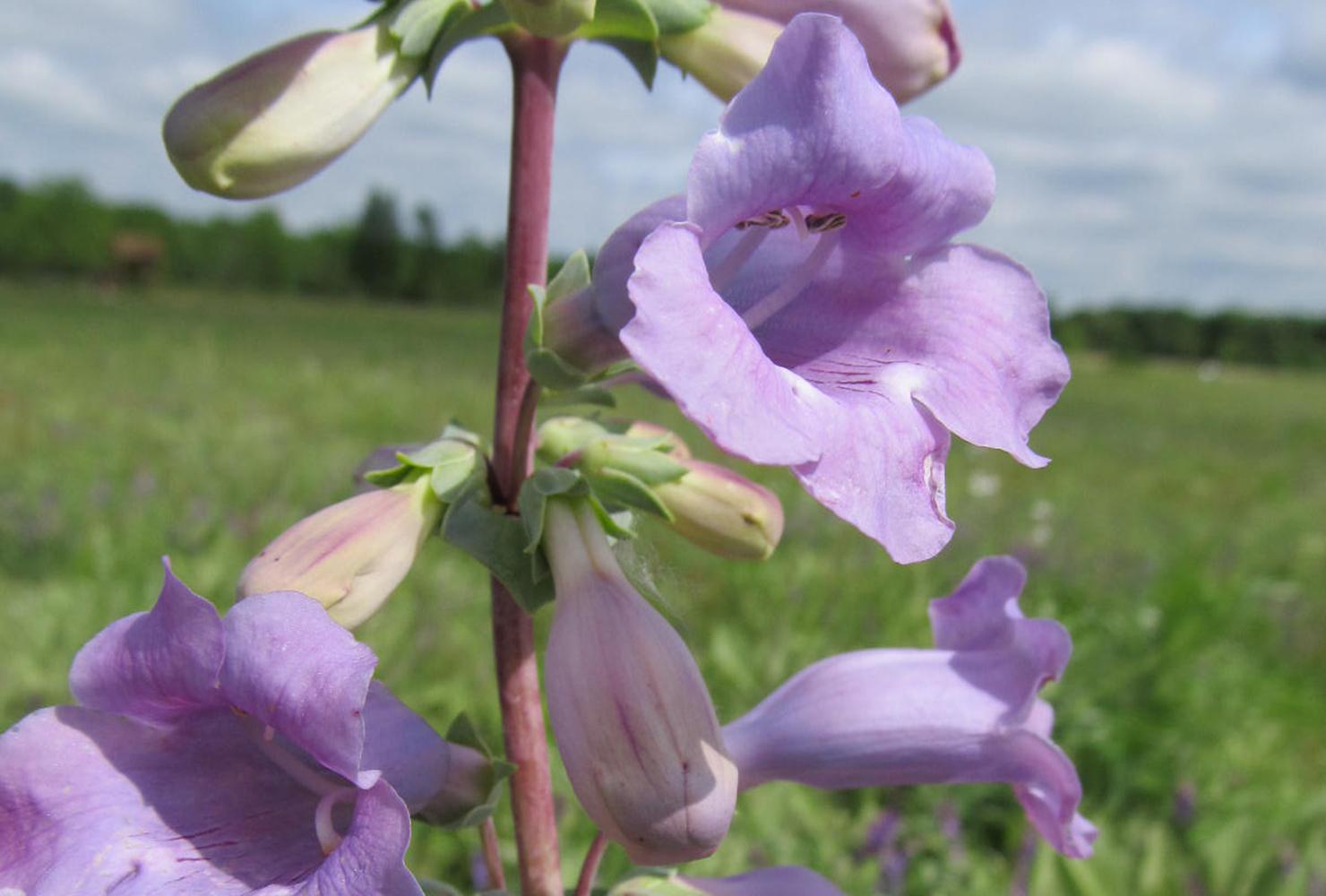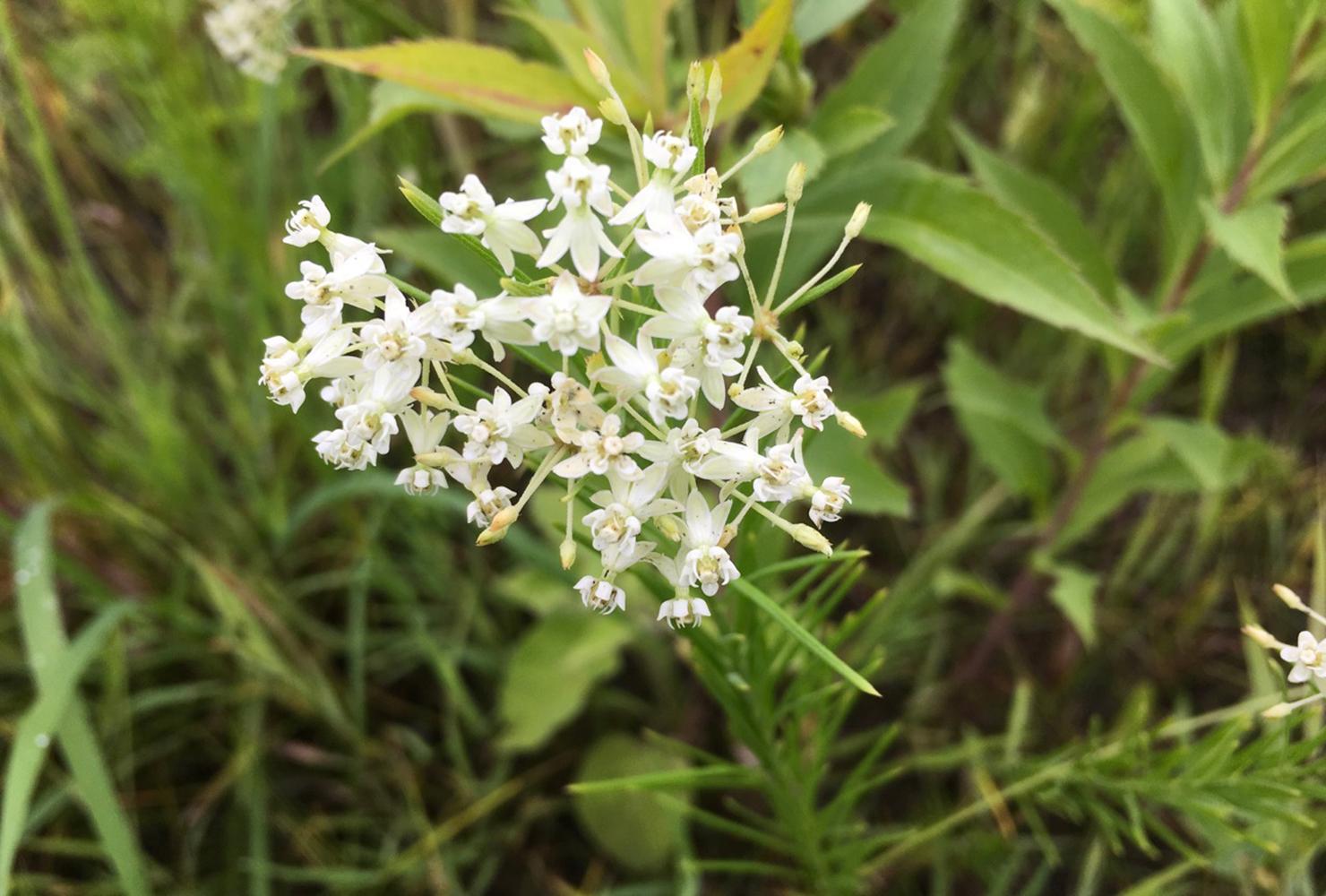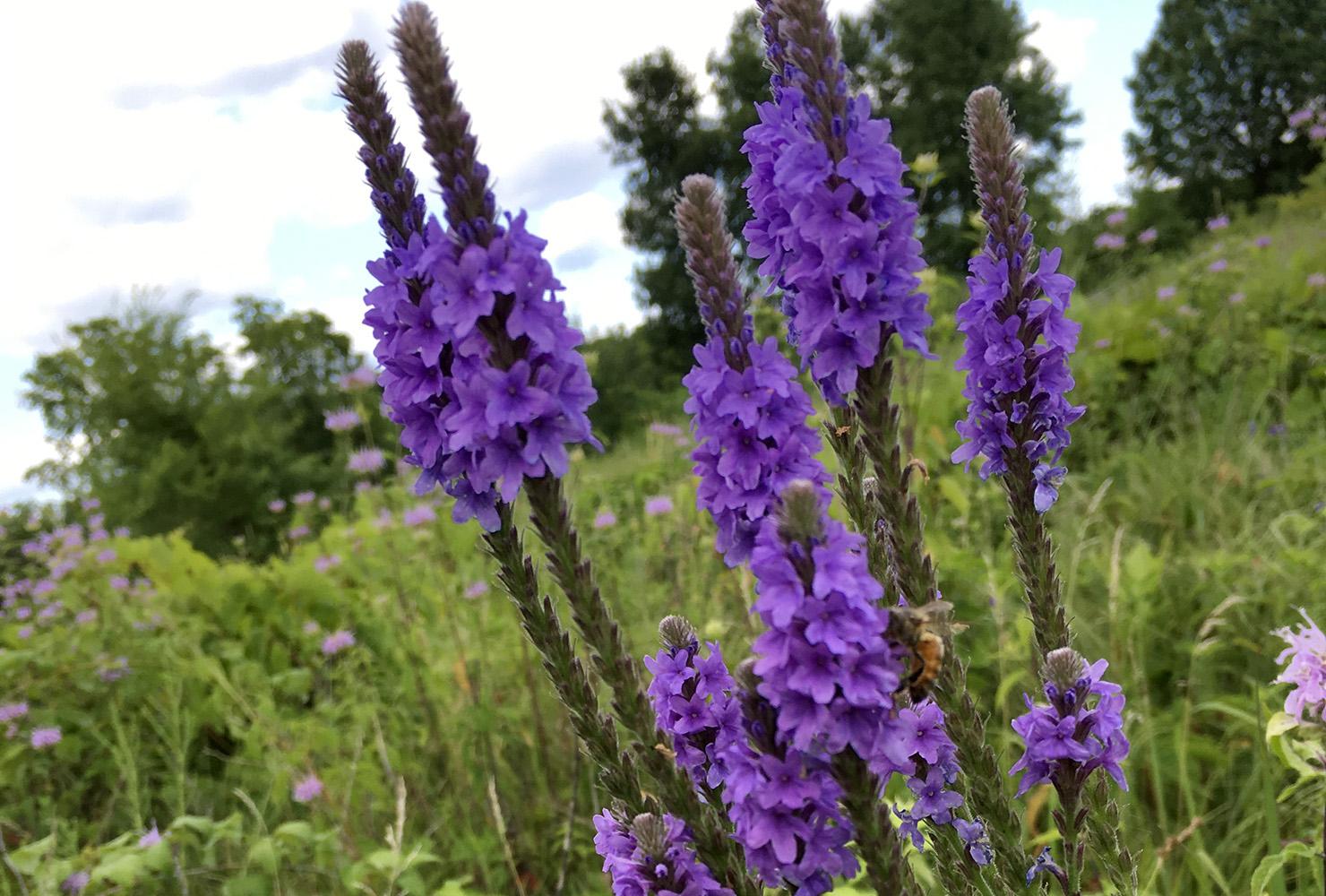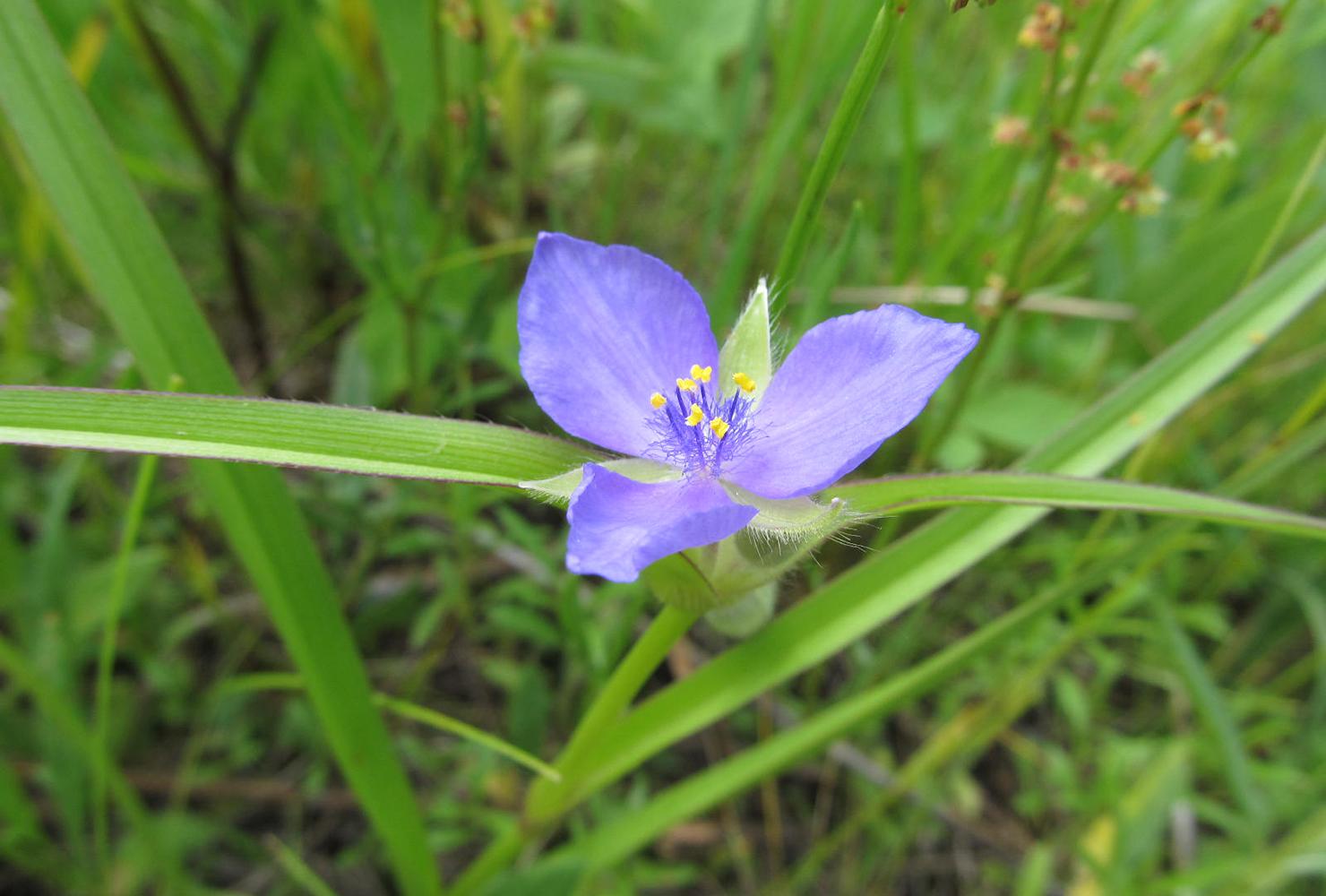Spring Lake Park Reserve

At Dakota County's Spring Lake Park Reserve along the bluffs of the Mississippi River, our oak forest and prairie restorations are home to more than 80 native plant species.
Where is Spring Lake Park Reserve?
This Dakota County park stretches for nearly five miles along the shores of Spring Lake, a backwater lake connected to the Mississippi River in Hastings, Nininger Township and Rosemount.
Our restoration work at Spring Lake Park Reserve contributes to a major habitat corridor that includes 1300-acre Pine Bend Bluffs Natural Area just upstream.
The public is welcome to visit Spring Lake Park Reserve. (See the Dakota County Parks website for more info.)
Our work here takes place on Dakota homelands. Learn more.
What's special about Spring Lake Park Reserve?
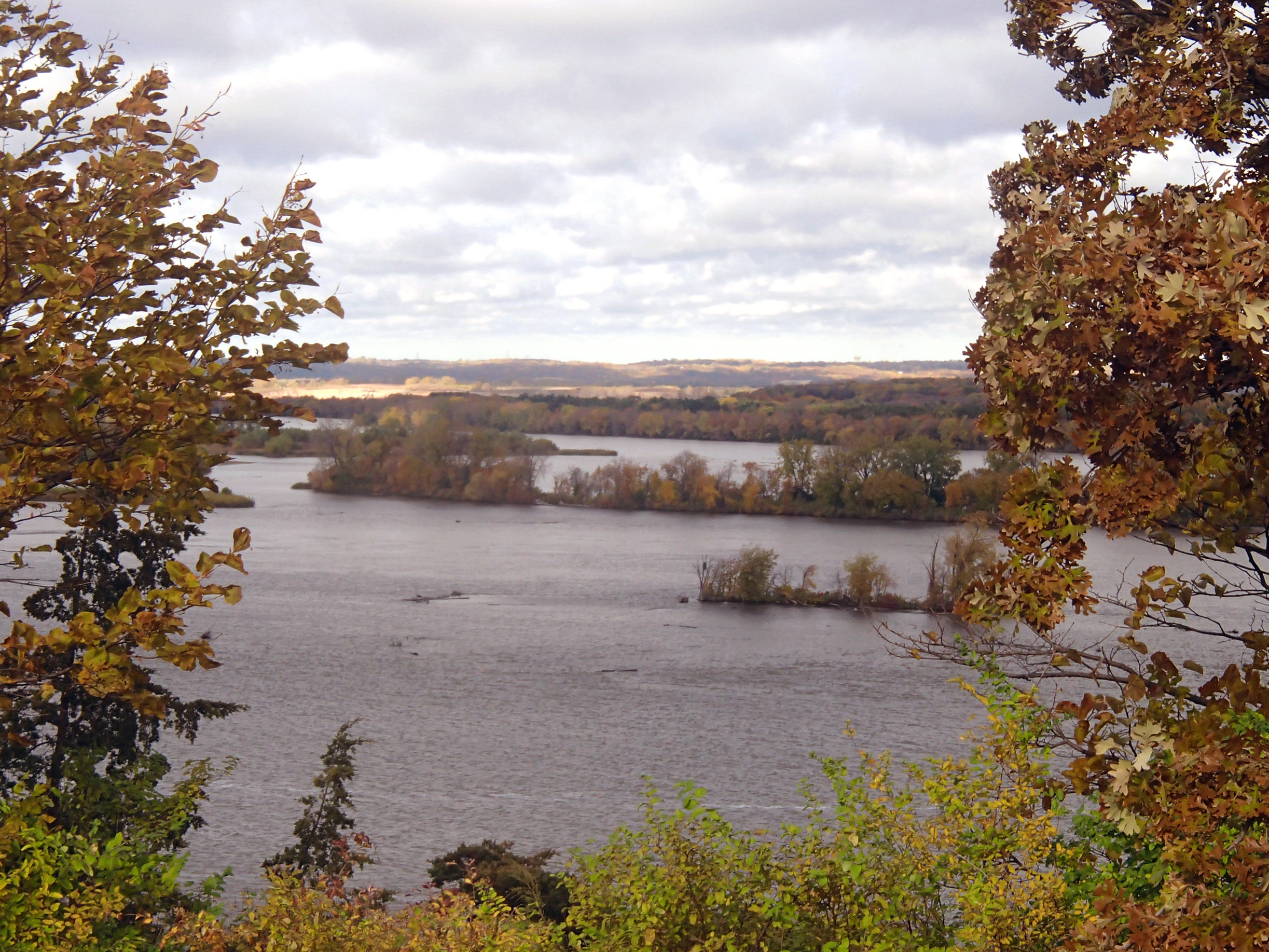
From Schaar's Bluff, visitors get a sweeping view of the Mississippi River.
Spring Lake Park Reserve offers stunning views of the river, miles of trails and expansive areas of natural open space. Visitors can hike, ski, snowshoe, hunt, practice archery and more.
The park features steep forested limestone bluffs above the water. Its land extends along Spring Lake, which became connected to the Mississippi River channel when Hastings' Lock and Dam No. 2 was built in the 1930s.
The prairie and forests here along the Mississippi River provide important feeding and resting habitat on the Mississippi River flyway, a migratory pathway for birds. Some species we detected in our breeding bird surveys include dickcissel, field sparrow, lark sparrow, grasshopper sparrow, orchard oriole, scarlet tanager, wood thrush and yellow-billed cuckoo.
The park provides habitat for other animals too. We spotted fisher tracks in the snow one year, and the county's trail camera later confirmed its presence.
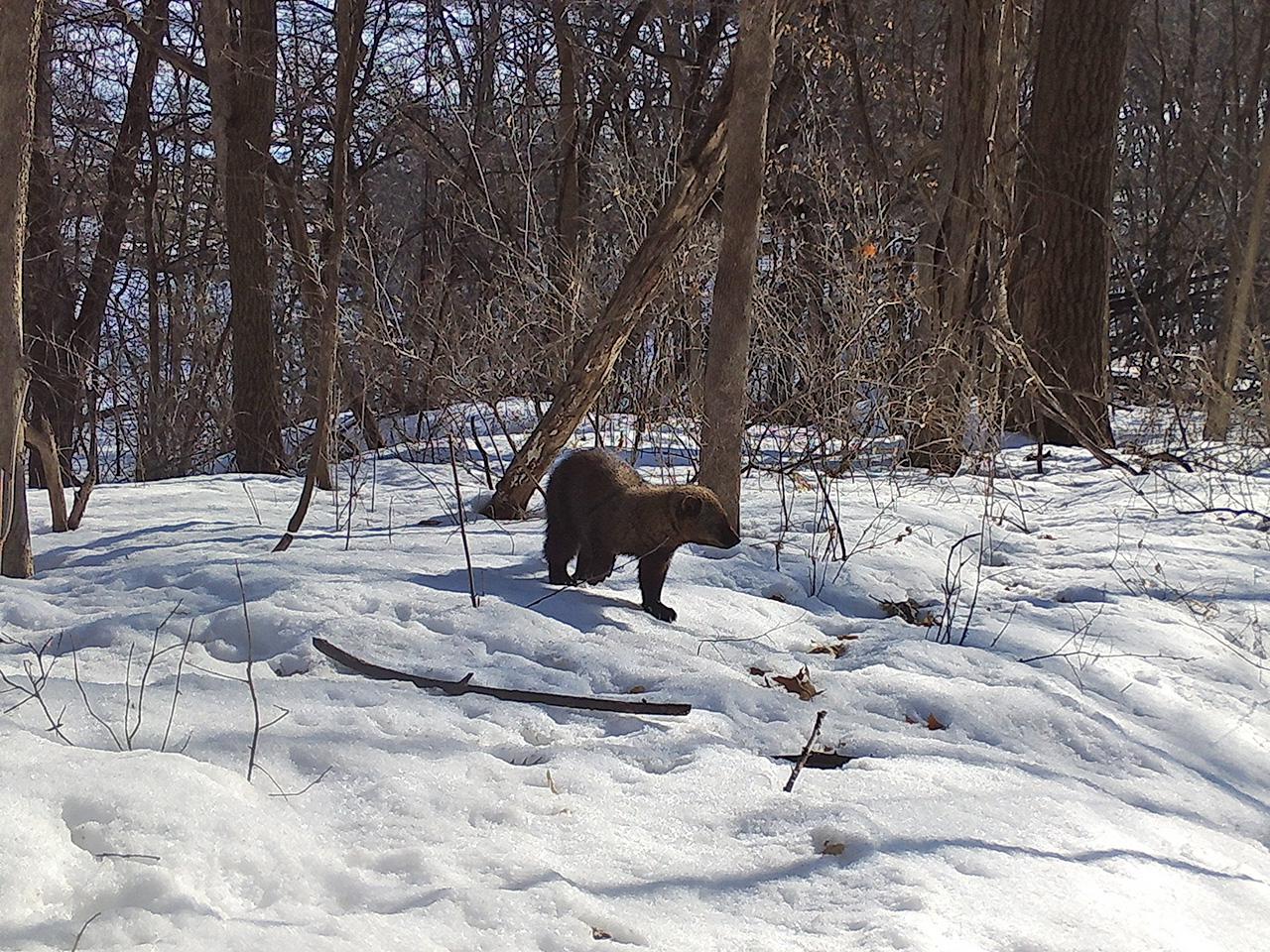
A fisher enjoys quality habitat at Spring Lake Park Reserve. (Photo credit: Dakota County Parks wildlife camera)
Our work at Spring Lake Park Reserve
We began work at the park in 2005 at Church's Woods, located at the far eastern end of the park. In 2012 we continued restoration efforts at the Archery Trail, located at the far western end of the park.
Church's Woods
This 68-acre mesic oak forest near Schaar's Bluff is considered the highest quality area of the park. The Department of Natural Resources designates it as a site of outstanding biodiversity significance. And it's one of the few places in the metropolitan area where you can find Canada yew (Taxus taxus), thriving on the north-facing limestone bluffs.
You can also find a variety of spring wildflowers here, as the limestone cliffs and mature trees create interesting microclimates. Though Church's Woods retained a good diversity of native oak forest species at the time our work began, invasive woody species had begun to encroach along the forest edges. We were able to remove those plants before they displaced the diverse native plant community.
Lower Spring Lake Park Archery Trail
The Archery Trail, located at the far western end of the park, includes a 35-acre grassland south trail and a roughly 50-acre forested north trail. In 2012, FMR completed a natural resource management plan for the south trail, focused on native prairie and savanna restoration, and in 2018 we completed a management plan for the north trail, focused on oak forest management.
We completed restoration of the south trail prairie and savanna in two phases, with the eastern half seeded in 2014 and the western half seeded in 2017. Prior to seeding, we removed invasive woody plants and grasses to prepare the site. We installed a high diversity mix of 13 native grasses and 57 native wildflower species, all suitable for the dry sandy soils at the site.
This restoration has resulted in a high diversity of native prairie plants, with over 80 species recorded. The abundance and diversity of native plants now support and abundance and diversity of native bumble bees and other pollinators. Periodic prescribed burns, conducted on no more than a third of the site at a time, help to maintain the vigor of the native plants.
The shorter vegetation of this 35-acre dry prairie makes it easy to see the different kinds of flowers here. Visit in early June to find wild lupine, hairy puccoon, large-flowered penstemon and prairie phlox in bloom. August is another wonderful time to see this site — you'll find mounds of bergamot and yellow coneflower, as well as goldenrod, blazing star and aster.
In the oak forest in spring, you'll find a diversity of wildflowers along the trail to the river, such as wild geranium, blue cohosh, red baneberry, bloodroot and rue anemone.
Find out more and get involved
- Volunteer with us to restore places like this.
- Learn more about fishers moving south.
- Check out other prairie wonderlands.
- Contact FMR project lead Leah Weston.
Partners and funders for our work at Spring Lake Park Reserve
This work was made possible with funding from the Environment and Natural Resources Trust Fund, the Outdoor Heritage Fund, Dakota County Parks and by our generous donors like you!
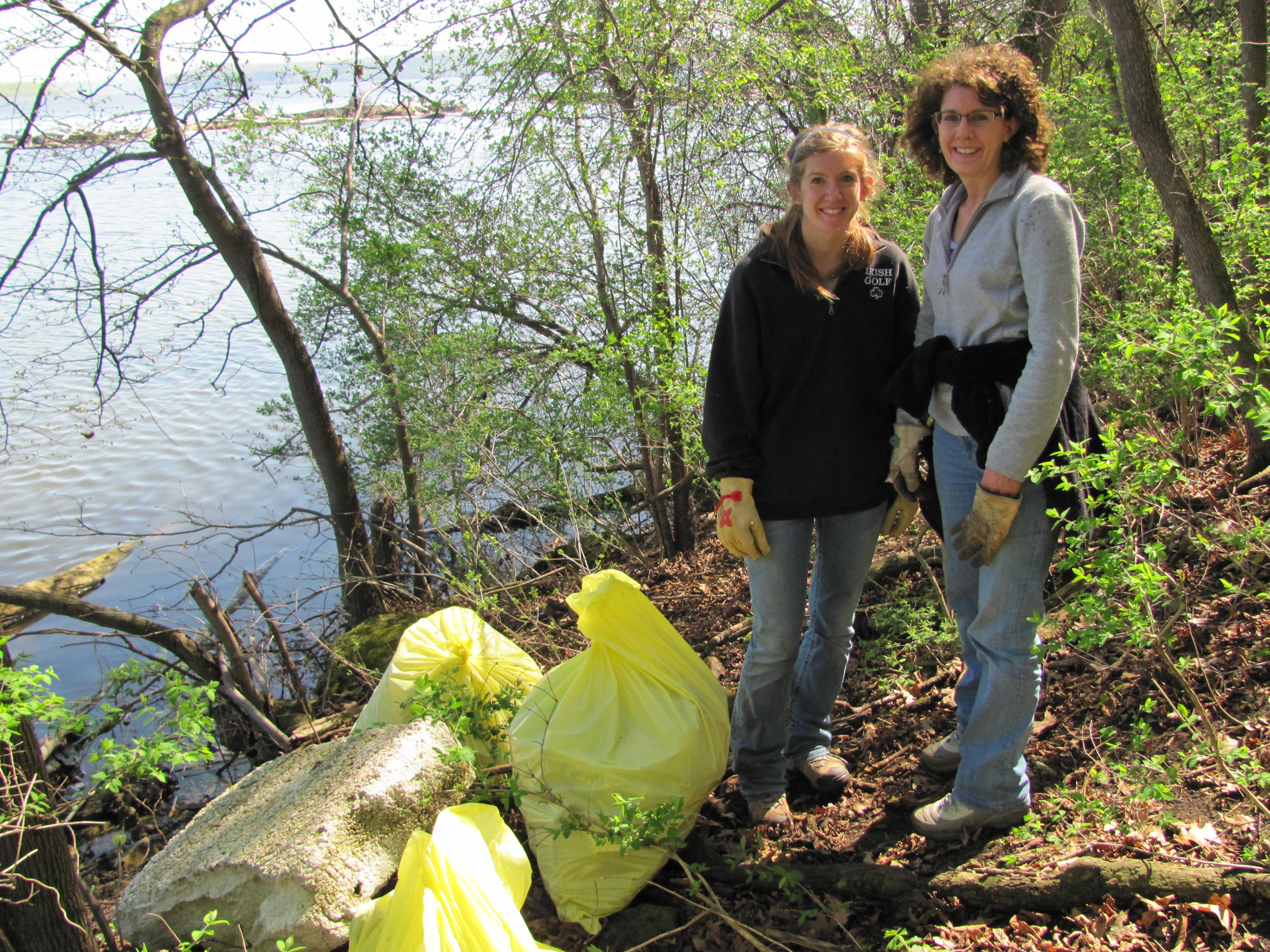
Thank you to all the volunteers, project partners and FMR donors that have made this work possible!
Where we work
FMR maintains over three dozen habitat restoration and land protection sites in the metro area.
